NEW YORK — Joey Logano had no problem lifting the NASCAR Cup Series trophy and posing for as many photos as possible Tuesday in Manhattan.
Whether on the observation deck of the Empire State Building or other notable locations, Logano has been through this drill before as he became just the 10th driver in NASCAR Cup Series history to own three of those trophies.
Logano won the championship Sunday by holding off hard-charging Penske teammate Ryan Blaney in the final laps at Phoenix Raceway.
The 2024 Cup champion talked with FOX Sports following the Empire State Building photo shoot with the conversation taking many turns, from the wild pace-car wreck into the pit road barrels to the chatter that the playoff format should change as Logano was just 15th in the regular-season standings, to where the championship race should be held.
How’d you celebrate?
Once we got done with the media stuff, I met the team at a restaurant. All of us hung out, had a good time, talked about the race a lot and really just had fun together. The 12 guys [of Ryan Blaney] were there, too, so everyone stayed back from after the race. We enjoyed that. I haven’t been home yet, so I’m looking forward to going home.
Any different celebration (he also won in 2018 and 20220) with three kids?
It gets better. Each championship has kind of been its own thing. When I think about it, this last one, you’ve worked with your team longer, the relationships are stronger, and it means more. And as you get older, you start to care more about other people and seeing them enjoy the moment of what this championship is all about — how it’s so hard to accomplish it, but celebrating all together is really neat. And obviously, having my kids there, my wife there, that moment of going to get the checkered flag, is something that I’ll never forget. And there’s no way you can ever replicate that moment outside of winning the championship again. So it’s something that at the end of the day, you can have the trophy, you can have all the other stuff, but those memories will be mine forever — and it’s something I will always be very grateful for.
You talked about how important the tire test (with two other drivers) was at North Wilkesboro early in the year. Does that mean you want more testing?
As long as it’s just for us, yeah. It’s funny, because we used to do that stuff every week. That used to be a grind. Now you get excited for a test because you don’t get to do it often. So you get to actually work on your race car a little bit. It’s actually fun.
During the race, did you see the pace car hit the barrels?
I didn’t see it.
So they just told you, and you’re like…?
They said, “The pace car hit the barrels.” And I was, “What?” I’ve never seen anything quite like that. I’ve seen it now. I know how it happened, but I don’t know why that would have happened. But I’ve never been red-flagged [in a race] for a pace-car cash before — it was a new one. You know what was the best part about it? They had to get an F-150 to take care of what the pace car couldn’t do.
Not that Blaney downplayed what you did, but he said something like everybody put on defensive clinics there at the end. So do you feel like that was one of your best drives ever, or other people in your position could have been able to do what you did?
Probably. You don’t know unless they were in that scenario. Because everybody’s different. Because not only did we have the good restart, which was key, but to be able to hold off the 12 [of Blaney], who was charging pretty hard there at the end, he was pretty fast. That’s a lot of pressure. We know what’s coming down to the line — it’s the championship. It’s everything. I know his game plan. I know what was making him good. I raced him earlier in the day, so I knew where his strengths were. I knew where mine were. And Coleman [Pressley spotting] on the roof did a good job of telling me where he was and what he was doing, where he was making the speed. It was no easy thing. But it took all of us to make sure it happened.
Obviously, you were asked questions after the race about the title and not having a great regular season, but I’m curious, have you been on social? Have you read any of the stuff? Have you avoided it?
I haven’t had a whole bunch of time. And the moments I’ve had, I’ve looked at a lot of the pictures and stuff of our celebrations, Outside of what was brought up to me in the media center, and a couple times through media stuff today, I haven’t heard much of it. But the part I don’t understand is we’ve been doing this for 11 years, and everyone thought it was awesome, and now we don’t. What happened? Like nothing changed. I don’t get it because, as a race fan. If I take myself out of the car or I’ll just watch the Xfinity race and the truck stuff, the same format, I think it’s awesome. I love it. The regular season guys [who are on top], do they get an advantage? Absolutely. It’s a pretty big one, too. Does that mean that you could just go on cruise control throughout the playoffs? No, obviously. Can you go in cruise control in any other sport through the playoffs? No — you won’t make it to the end. Why do we need to change that? It makes no sense to me when I hear all this. But whatever. I’ve got the trophy. I don’t really care.
You said you grew up dreaming of winning a Cup championship. Do these things go the way you dreamed them to go as far as what winning feels like?
It’s way better than you think. The first 20 minutes from when you cross the start-finish line to you getting out of the car, you drive into victory lane afterwards, and you see everybody there. The first, maybe an hour, it’s electric. There’s not many people at all that understand what it’s like to reach the pinnacle of their sport. And it hits you like that [snaps his fingers]. In business, it’s amazing to do a lot of great things, but it doesn’t hit you like that. It slowly builds. And it’s a slow build to a championship, but it hits you really fast because you cross the start-finish line, you don’t know you’ve got it until you get there. So the emotions are just so real, so big, and you see the people you love and the people you care about, There’s no better feeling that I can think of than that. It’s the best.
You’ve won one championship at Homestead and two at Phoenix. Do you care where the championship is held?
No, I don’t care. It’s cool that we did it at both. But I don’t think it matters where the tracks are in the playoffs, how you got to the Championship 4. It’s just the fact that you won the championship. Everyone knows the rules when the season starts. Everyone knows the schedule when the season starts. It’s up to you to put together a plan to win it all. And we were able to do that. So that’s what I think about it.
Finally, should I pick you to be in the playoffs next year after not picking you to make the playoffs this year?
No. Because it worked good this year.
All right. I still might pick you to be in the playoffs to help my credibility.
You might now? That’s good stuff.
Bob Pockrass covers NASCAR for FOX Sports. He has spent decades covering motorsports, including over 30 Daytona 500s, with stints at ESPN, Sporting News, NASCAR Scene magazine and The (Daytona Beach) News-Journal. Follow him on Twitter @bobpockrass.
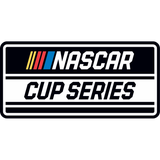
Get more from NASCAR Cup Series Follow your favorites to get information about games, news and more

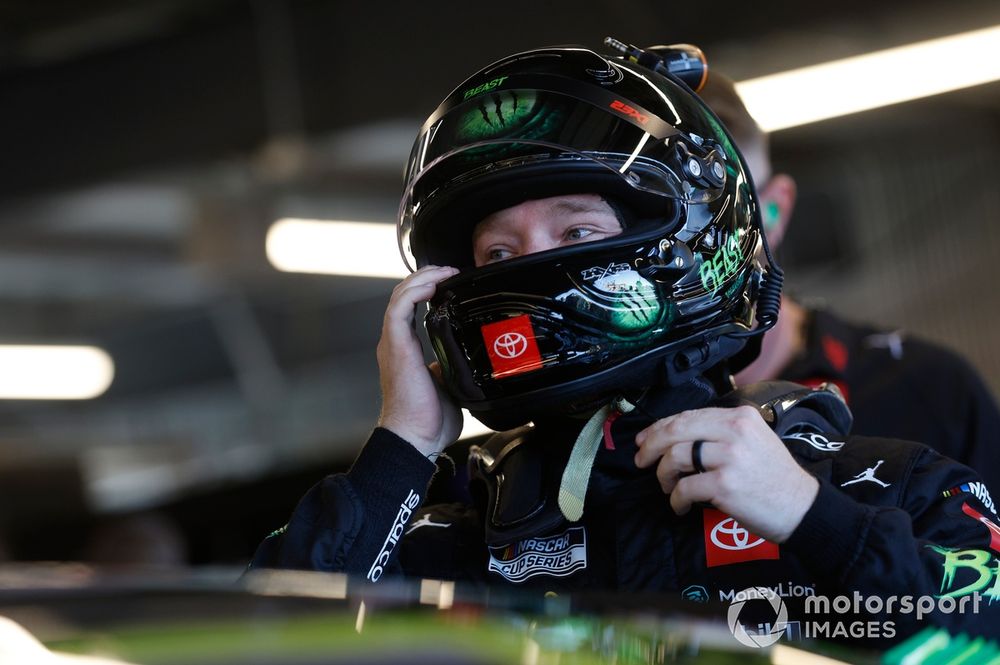


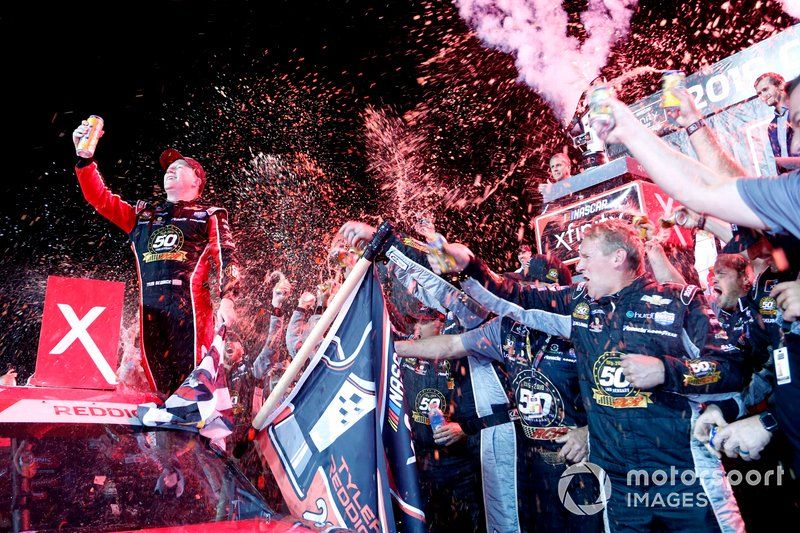





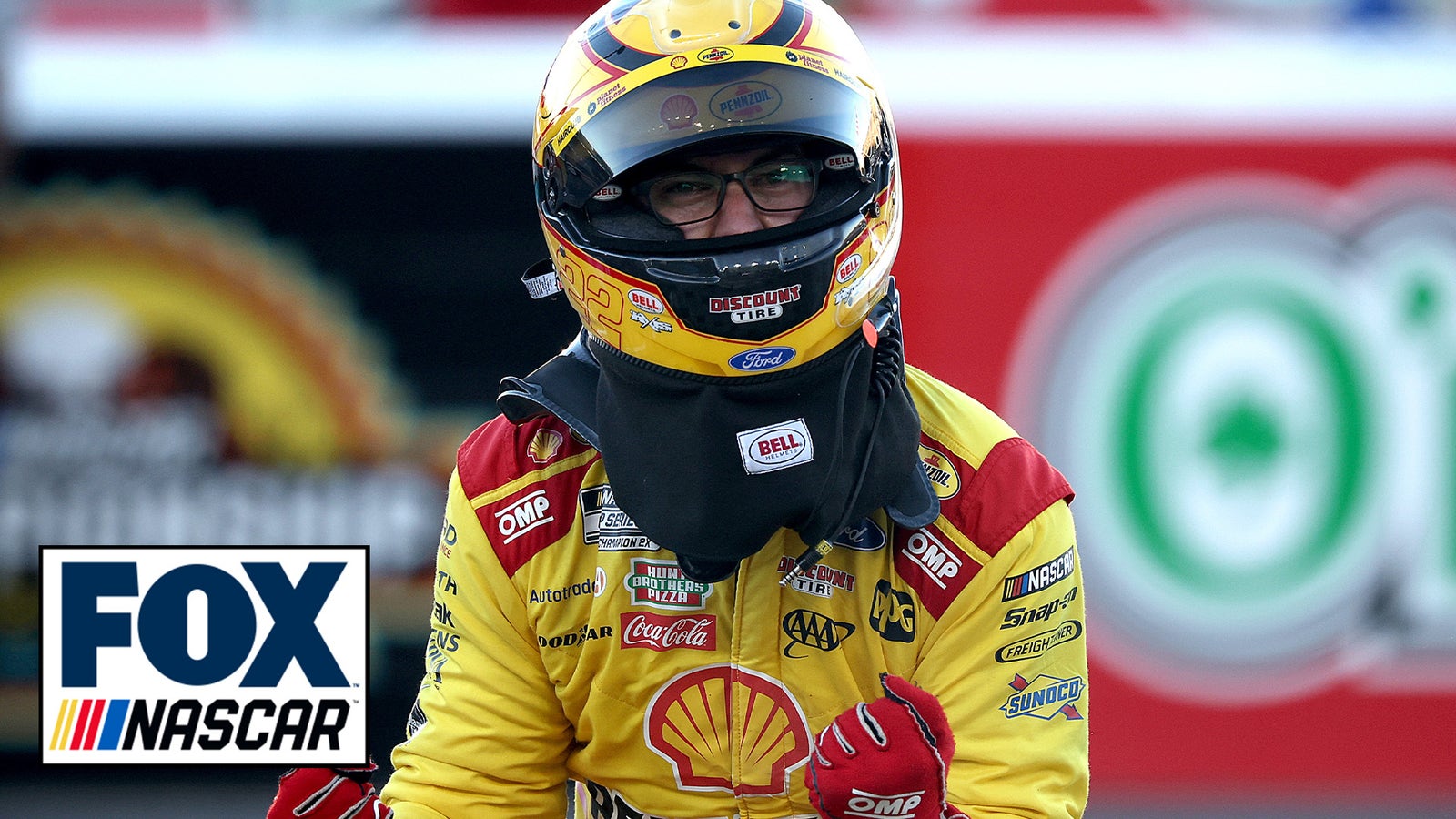
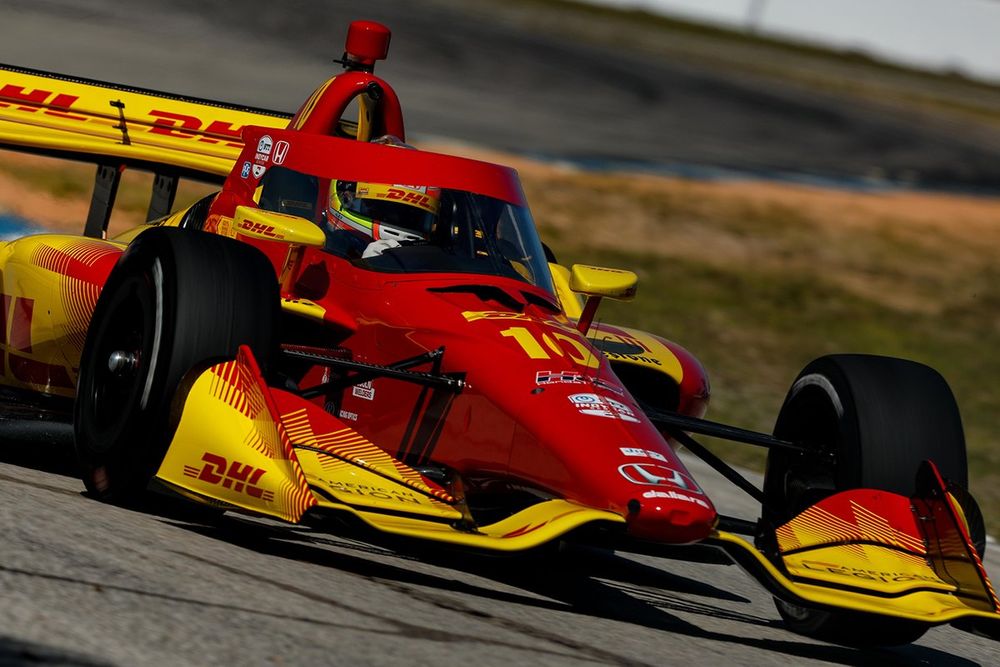



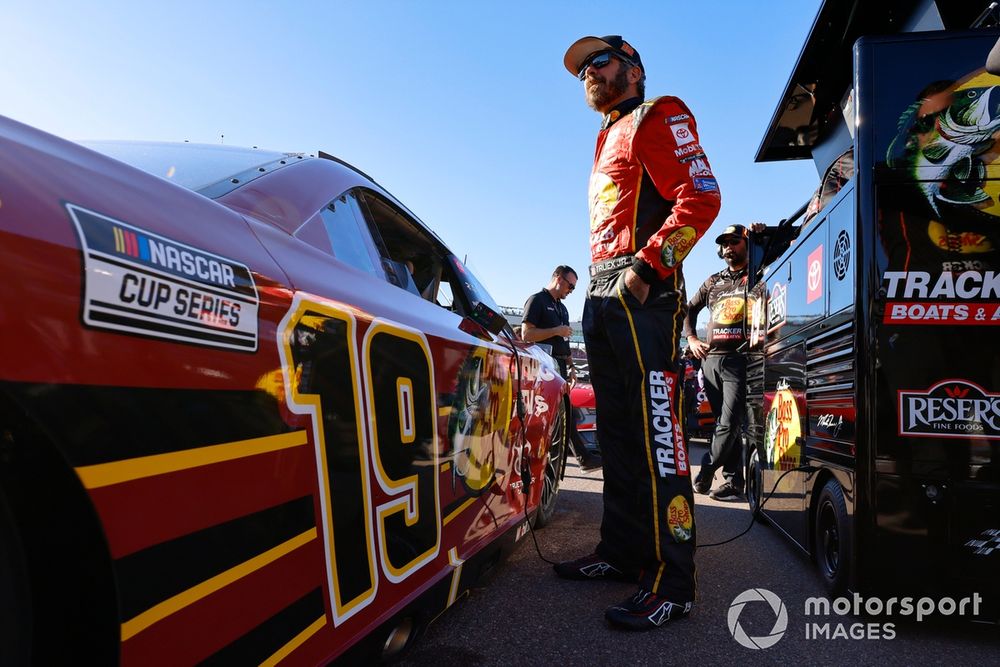



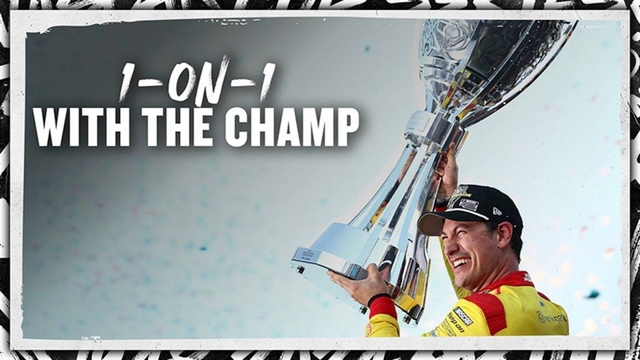
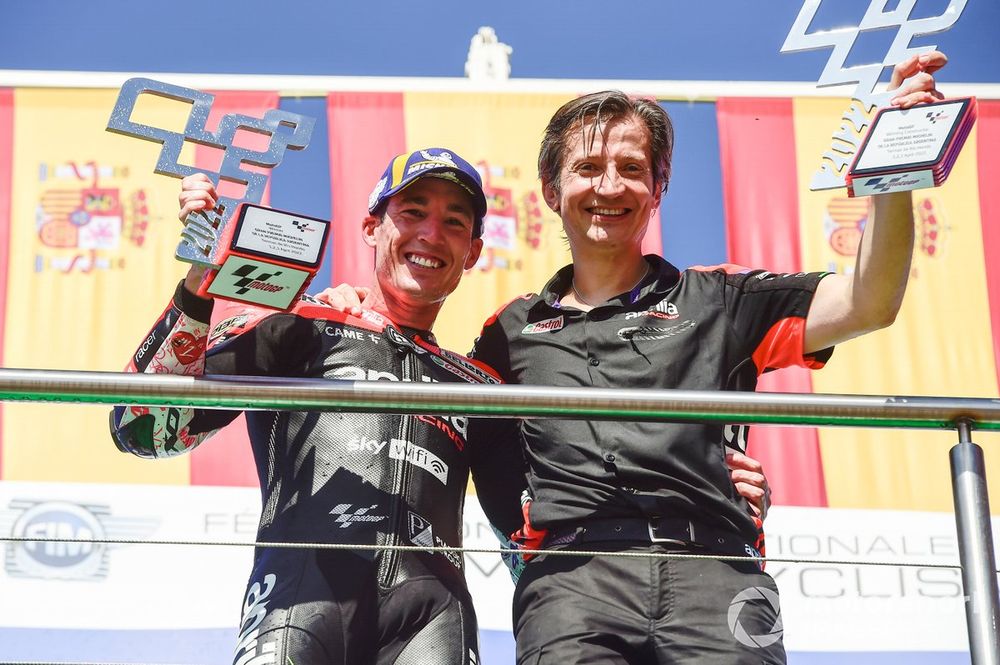





































































































































































You must be logged in to post a comment Login